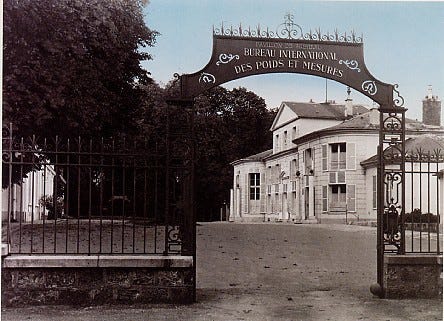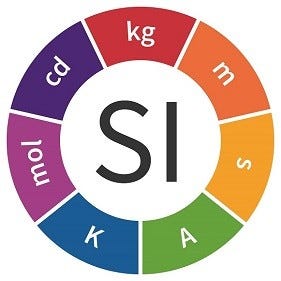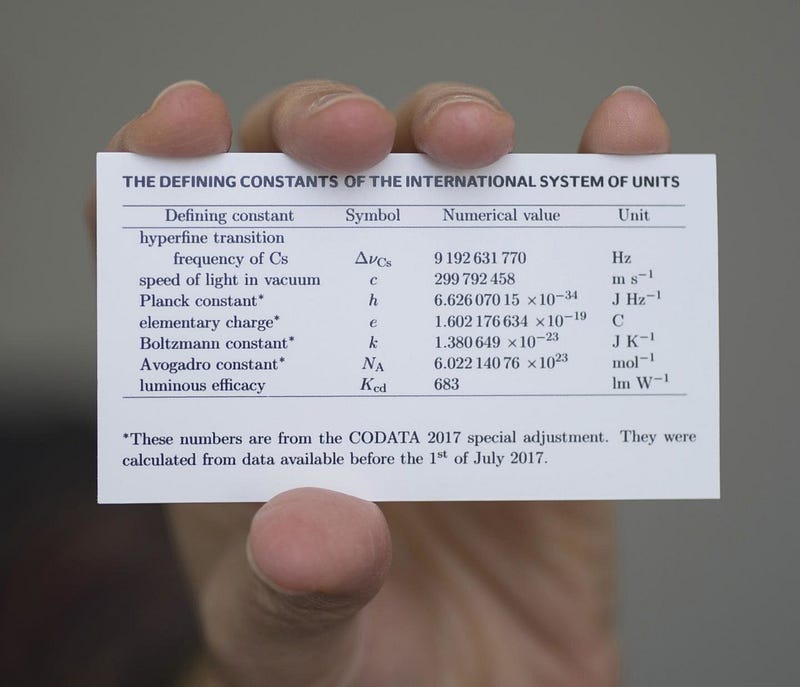# A Universal System of Measurement for Every Culture
Written on
Chapter 1: A New Era in Metrology
In 2019, a landmark achievement occurred, granting all nations the ability to independently calibrate their measurement tools.

On May 20, 2019, during the 144th World Metrology Day, the BIPM (International Bureau of Weights and Measures) implemented a new definition for the kilogram, moving away from reliance on any physical object. This marked the end of the era dominated by the International Prototype of the Kilogram, colloquially known as Le Grand K, a platinum-iridium cylinder stored at the BIPM in Sèvres, France.
While utilizing a tangible object as a mass standard seemed practical, the Big K's physical integrity was compromised every time it was used for calibrating its replicas, resulting in a loss of approximately 50 micrograms each time. Now, the kilogram is defined by a fundamental constant—Planck’s constant—providing a measurement system that is more reliable, consistent, and scalable for scientists, industries, and society at large.

Relying on physical objects for measurement is an outdated practice. For instance, ancient Egyptians used the royal cubit, which was based on the dimensions of the Pharaoh’s forearm and hand. The primary cubit was carved from granite, while wooden replicas were meticulously calibrated monthly, with severe penalties for those who failed to comply. Unsurprisingly, the baselines of their pyramids were astonishingly consistent within 0.025%.
However, advancements in experimental physics over the last century have pushed metrology to evolve alongside the International System of Units (SI) definitions. The meter has seen several transformations, from being defined by two scratches on a platinum-iridium rod to a specific number of wavelengths emitted by a krypton lamp. Following the invention of the laser and enhancements in optical frequency measurements, the meter was redefined in 1983 based on the speed of light.
The need to shift away from unstable artifacts has been acknowledged for a long time. Max Planck, the 1918 Nobel laureate in physics, noted that using fundamental constants allows for establishing units of length, time, mass, and temperature that are universally applicable, even beyond Earth and human existence.
At the General Conference on Weights and Measures on November 16, 2018, representatives from all 60 member states voted to redefine four of the seven base units. The kelvin is now defined via the Boltzmann constant, the ampere through the elementary electric charge, and the mole through the Avogadro constant. This redefinition ensures that the base unit definitions are independent of their realizations, providing consistency over time as experimental capabilities advance.

Chapter 2: Broader Implications for Society
But what does this mean for society at large? In the medical and pharmaceutical sectors, even minor errors in mass can have significant consequences for drug administration. These revisions can lead to better medication dosages for patients. Furthermore, accurately measuring temperature allows for improved detection of small variations over extended periods, aiding in climate change monitoring, a critical global concern.
In practice, the changes will largely go unnoticed—laboratories will continue sending their instruments for calibration to National Institutes of Metrology, but they will now follow the new definitions. Any laboratory can also attempt to realize the kilogram using established methods, such as the Kibble balance or the X-ray crystal density method, or innovate new techniques. This represents a fundamental philosophical shift for the SI: promoting innovation and universal accessibility.
As William D. Phillips, a Nobel Prize-winning physicist recognized for his work on cooling and trapping atoms with laser light, succinctly put it, "now you can keep the SI in your wallet."
© Gianina Buda, PhD 2021
More of my work you might like:
Earth Is Losing Its Shine Due to Warming of the Pacific Ocean
Our planet reflects less sunlight than it did in 1998, indicating it's heating up.